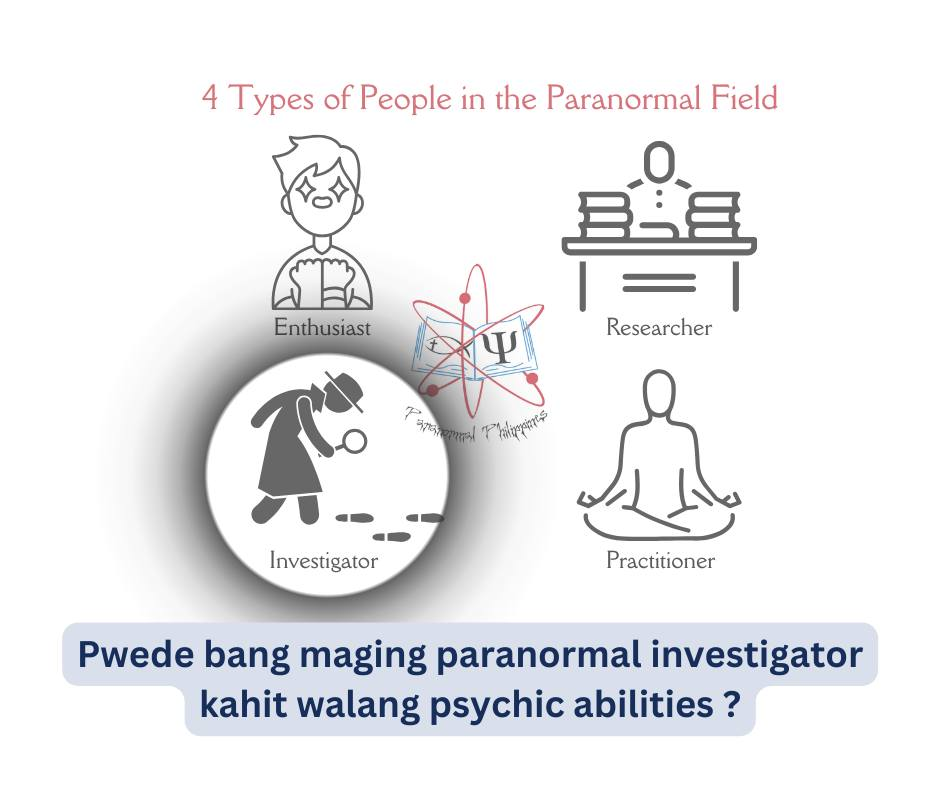Measuring Temperature in Paranormal Investigations
 🏠 |
🧭 |
🏠 |
🧭 |
This is a summary of the Society for Psychical Research (SPR)'s guide for measuring temperature in paranormal investigations.
Why Measure?
-
Sudden, unexplained temperature shifts are commonly reported in hauntings.
-
Measurements help verify whether changes are natural or anomalous.
Types of Thermometers
-
Contact Thermometers: measure surfaces, liquids, air; usually more accurate but slower to respond.
-
Non-Contact Thermometers: measure object surfaces remotely (not air); good for spotting hot/cold spots.
-
Thermal Imaging Cameras: create thermographs (color maps) of heat differences; can also pinpoint specific spots.
Best Practices
-
Start baseline readings immediately and continue throughout the investigation.
-
Record temps at regular intervals (every 10–15 mins, or more often if activity is reported).
-
Allow sensors time to stabilize before logging a measurement.
-
Place thermometers close to reported anomalies, not on floors or near heaters/vents.
-
Use comparative calibration if multiple thermometers are in play.
-
Ensure all devices use the same units (Celsius/Fahrenheit).
-
Always check batteries, sensors, and lenses before use.
Precautions
-
Non-contact devices need a clean lens for accuracy.
-
Data-logging thermometers: confirm date/time + logging interval.
-
Many thermometers/thermal imagers require adjusting emissivity for best accuracy (see manual).
Human Factor Checks
-
Feelings of hot/cold may be caused by:
-
Blood flow changes (stress, emotions, alcohol, smoking).
-
Drafts or recent exposure to heat/cold.
-
Medical conditions.
-
-
Avoid single readings; take a series of measurements over time.
-
When measuring near people, use non-contact tools to avoid invasiveness.
Key Tip
-
Random readings = useless.
-
Guided, repeated measurements in areas of reported anomalies = valuable data.




Comments
Post a Comment